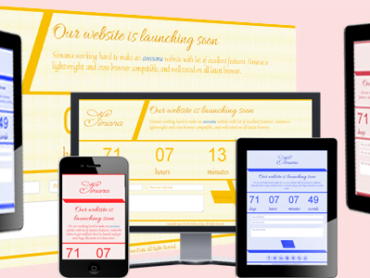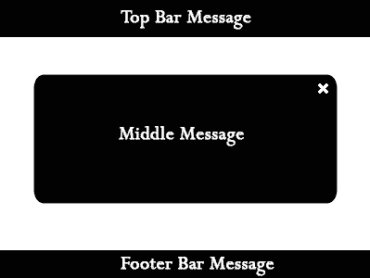
In today’s competitive marketplace, small business owners must wear many hats—and marketing is one of the most critical. As consumer behavior increasingly shifts online, mastering digital marketing has become essential for attracting and retaining customers. Fortunately, digital marketing courses for small business owners offer a practical and affordable way to gain the skills needed to grow your business online.
Why Digital Marketing Matters for Small Businesses
Traditional advertising methods, such as print or radio, are no longer enough. Digital marketing provides measurable, targeted, and cost-effective ways to reach your ideal audience. Whether you’re looking to promote your services on social media, improve your website’s visibility on search engines, or run successful email campaigns, understanding digital marketing is key to your business’s growth.
Moreover, digital marketing allows small businesses to compete with larger companies by using smart strategies and tools. You don’t need a huge budget—you just need the right skills.
What These Courses Offer
Digital marketing courses for small business owners typically cover essential topics such as:
Search Engine Optimization (SEO)
Social Media Marketing (Facebook, Instagram, LinkedIn)
Google Ads and Pay-Per-Click (PPC) advertising
Email marketing and automation tools
Content creation and branding
Website analytics and conversion tracking
In addition, many courses are tailored specifically for entrepreneurs and small teams, focusing on practical applications and real-world examples.
Top Online Platforms for Learning
Several reputable platforms offer high-quality courses at various price points:
Google Digital Garage – Free and beginner-friendly
HubSpot Academy – Free marketing certifications
Coursera & Udemy – Paid courses with structured modules
LinkedIn Learning – Great for ongoing professional development
Final Thoughts
Digital marketing courses for small business owners empower you to take control of your brand’s online presence. By investing a few hours a week, you can learn how to reach more customers, increase revenue, and make informed decisions using data-driven strategies.
Ultimately, building digital skills isn’t just a smart move—it’s a business necessity. Start learning today and unlock the full potential of your small business in the digital age.





























